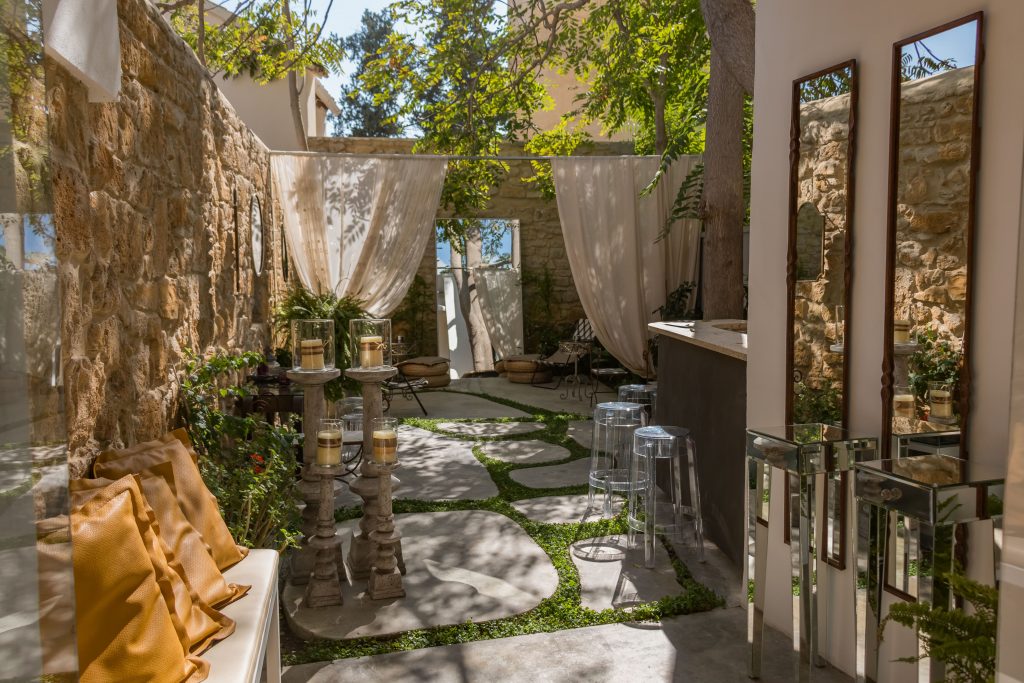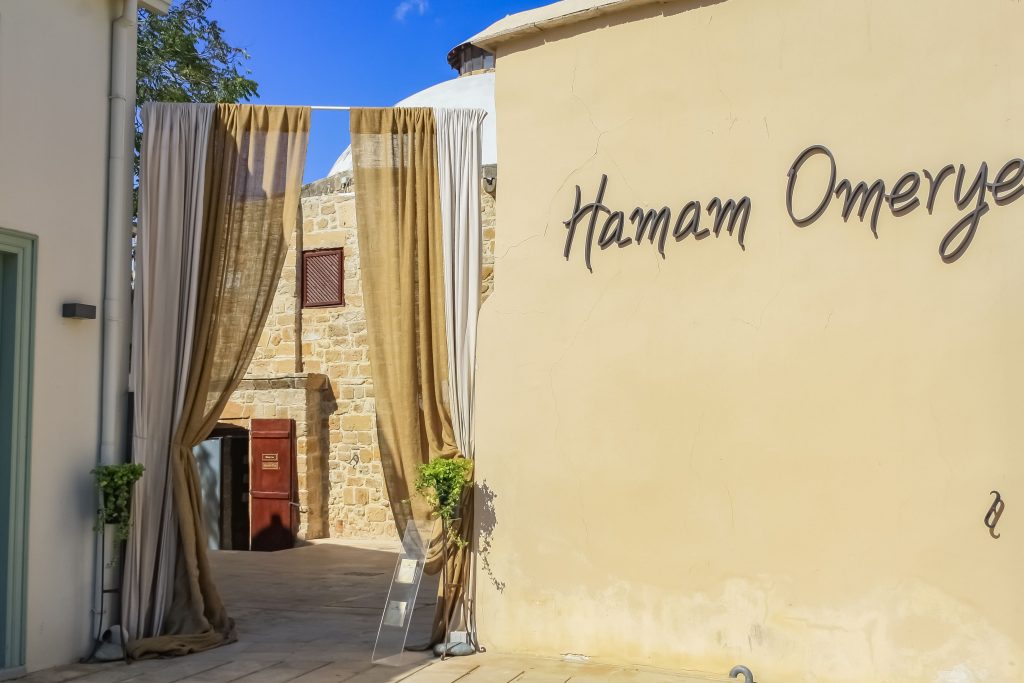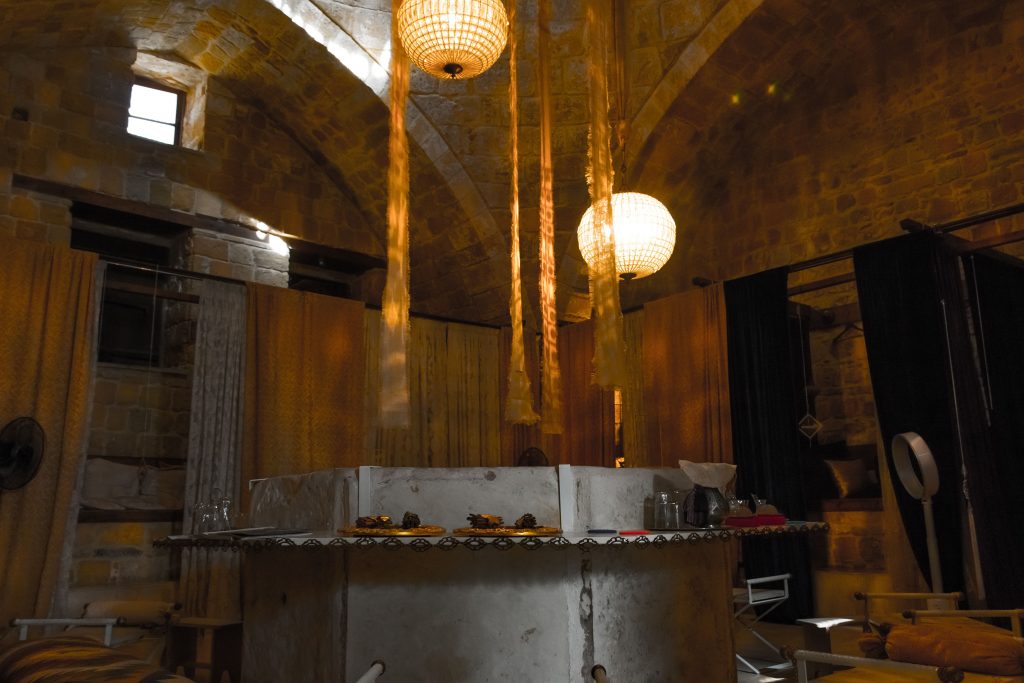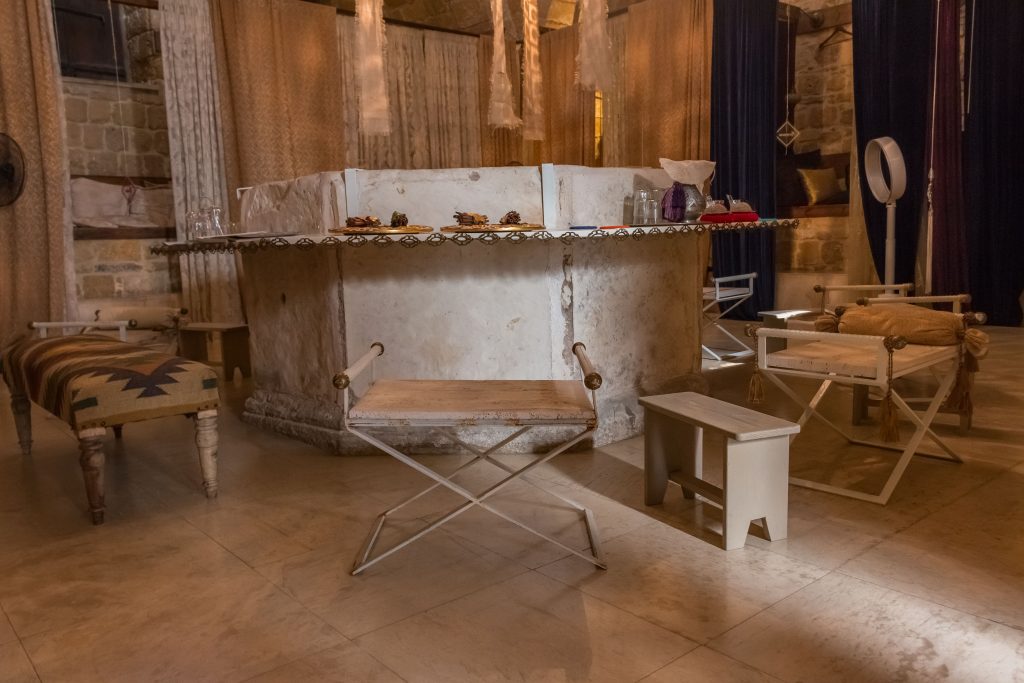Hamam Omeriye
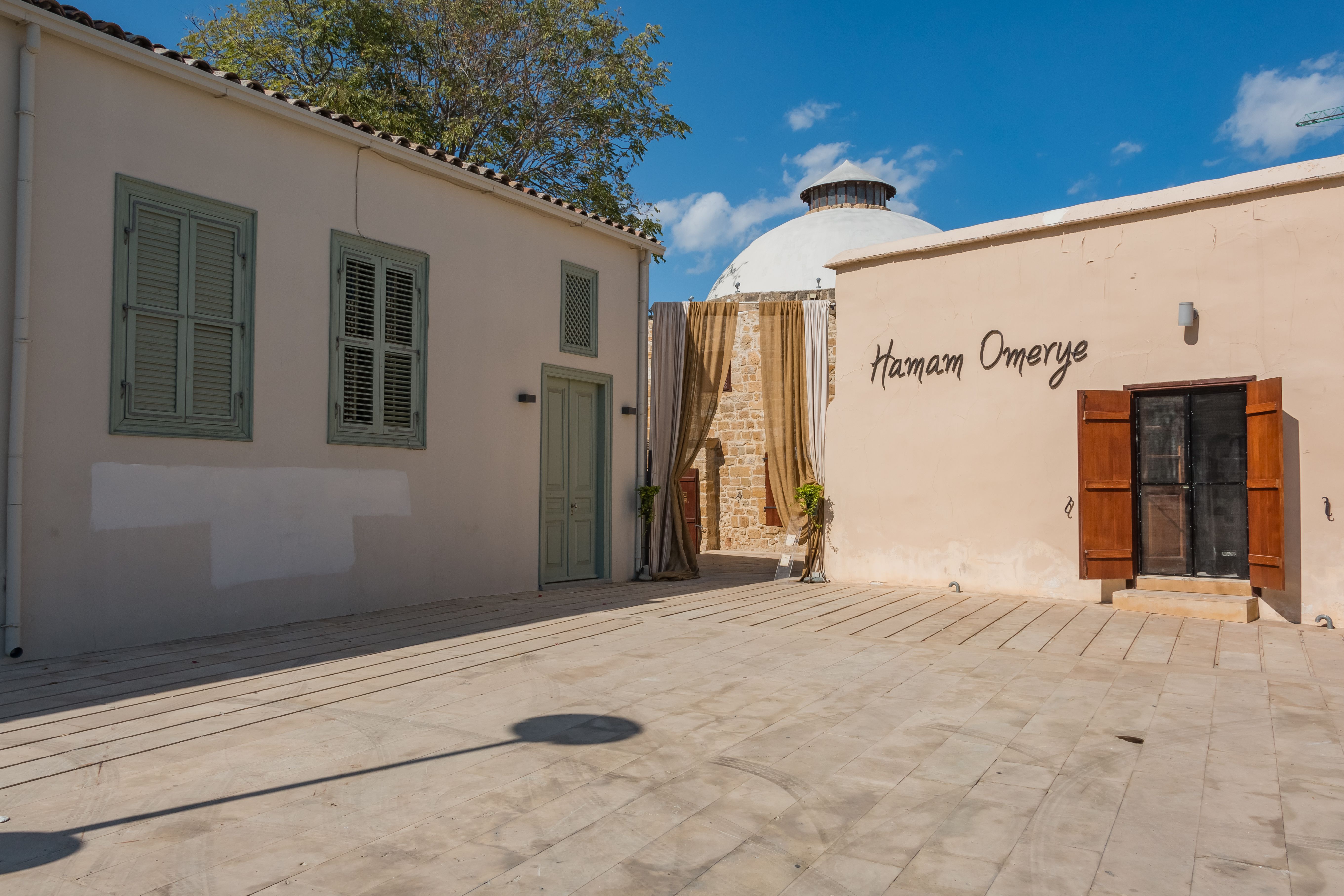
Hamam Omeriye is located in the heart of the old city of Nicosia, across from the homonymous mosque, in one of the most beautiful and picturesque neighborhoods that highlights the grandeur of the once undivided capital of Cyprus.
It is located in today’s Tillyrias Square and between the bastions of Constantza and Podocataro, and to the northwest of the Archbishop’s Palace, the Byzantine Museum of Nicosia, the Cyprus Folk Art Museum and many other points of interest.
A historic site built after the occupation of the city by the Turks in 1570, Hamam Omeriye was donated by Lala Mustafa Pasha and was dedicated to Prophet Omar who visited Nicosia on his way from Damascus to Egypt, hence the wider region became known as Omeriye.
In 1571 Mustafa Pasha, in addition to building the hamam, had also converted the medieval monastery of Augustus of the Church of St Mary into a Muslim mosque, the well-known Mosque of Omeriye located just opposite the hamam. In the 14th century, this was one of the three most important monasteries in the capital, and it was also used as a guesthouse built by the Latin Archbishop of Cyprus Guillaume Gonème in the 15th century. The building was totally destroyed up to the level of the windows from the bombing of the Turks during the siege of the city and in 1571 it was converted into a mosque.
Hamam Omeriye’s stunning stone-made structure is ochra-colored and is characterized by the typical architecture of the Ottoman Baths. It has a north and a south entrance and has a vaulted roof in the reception room. In the middle of the room, there is an octagonal tank and behind it, there are two medium-temperature rooms, while behind them is the hot, domed room.
In 2003, the European Union funded the UNDP / UNOPS Community Program “Cooperation for the Future”, in cooperation with the Nicosian Municipality and the Nicosian Main Program for the restoration of the monument. In 2006 it won the Europa Nostra, the 1st Prize in the European Union’s Cultural Heritage “Conservation of Architectural Heritage” category.
Nowadays, Hamam Omeriye has become an especially popular destination, as it functions as a center for wellness and beauty, visited by both locals and foreigners. It is one of the three public baths in Nicosia and the only one that has been completely restored.
The baths were one of the first works that the Ottomans built after the conquest of a city, since, according to their doctrine, believers of all sexes had to wash themselves with running water before entering a mosque for prayer.
As a space, they consist of three parts, the reception area, the intermediate area and the main baths, and operated from early morning until early afternoon for women and children, while in the evening hours only men were admitted.
The “Cool Room,” served as a locker room and was generally the place to prepare, wait, rest and groom after the bath. They usually had a wooden pallet and divans, while there was a fountain in the center.
The “Warm Room” was a moderately heated space for the gradual adaptation of the body to the heat, with benches for rest and troughs (marble basins) for washing.
The “Hot Room”, the main site of the Turkish bath, was a very warm room with a temperature of 30-40 degrees Celsius, with a raised floor in the form of a platform in the center for the massage (on the stone of the nave), and where the clients lay down for the rubbing. There were also troughs of running water here. This room communicated with other rooms, small, individual rooms in which the temperature exceeded 40 degrees.
The complex complemented other auxiliary sanitary facilities, lavatories, an epilation room and more.

